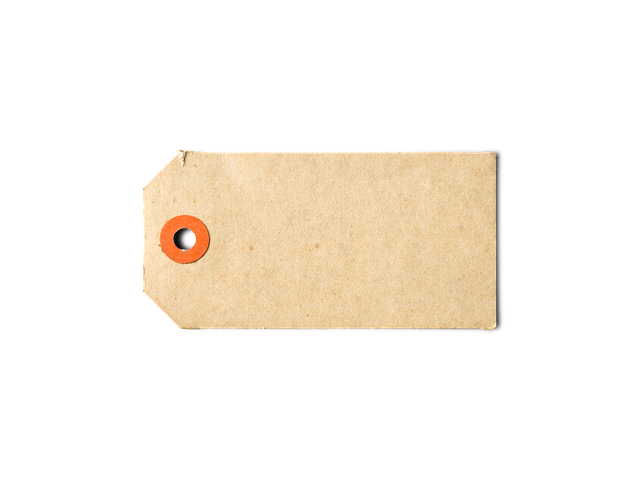Skin tags, common growths in friction areas, can be removed for cosmetic reasons or irritation. At-home treatments like salicylic acid or duct tape are accessible but vary in effectiveness. Professional Bradford Skin Tag Removal options include cryotherapy, surgical excision, and laser treatments, offering precise, safe solutions with minimal downtime. Laser and topical treatments provide minimally invasive methods, catering to diverse patient preferences. Consulting a dermatologist in Bradford ensures tailored, effective removal based on size, location, and type, minimizing risks and delivering long-lasting results.
Skin tags, those small, soft skin growths, are common but often sought to be removed for cosmetic reasons. This guide, tailored to residents of Bradford, explores effective skin tag removal techniques. From understanding the causes and types of these benign lesions to various removal methods—from home remedies to medical procedures—we provide a comprehensive overview. Learn about the least invasive options like laser and topical treatments, and when it’s time to consult a dermatologist for professional help in Bradford skin tag removal.
- Understanding Skin Tags: Causes and Types
- Common Removal Methods at Home
- Medical Procedures for Effective Skin Tag Elimination
- Least Invasive Options: Laser and Topical Treatments
- Seeking Professional Help: Finding a Dermatologist
Understanding Skin Tags: Causes and Types
Skin tags, also known as acrochordons, are small, soft skin growths that typically appear as hanging, harmless lumps on the neck, armpits, or groin area. They can vary in size from a few millimetres to a centimetre and often look like small pieces of loose skin. While they are generally benign, some individuals prefer to remove them for cosmetic reasons or because they find them irritating.
The causes of skin tags include friction, weight gain, aging, and hormonal changes. They can occur in various types, with the most common being acral skin tags, which usually form on the hands and feet, and trunk skin tags, often found on the neck, armpits, and groin. Understanding these causes and types is essential when considering Bradford Skin Tag Removal methods to ensure effective and safe treatment options.
Common Removal Methods at Home
Many people opt for at-home treatments for skin tag removal due to their convenience and affordability. Common methods include using over-the-counter medications like salicylic acid or duct tape. Salicylic acid is a keratolytic agent that works by dissolving the skin tag’s connective tissue, while duct tape involves adhering a piece of duct tape over the skin tag for several days, which eventually causes it to fall off. These methods are often effective for smaller, less sensitive tags.
When considering Bradford Skin Tag Removal options at home, it’s crucial to remember that results may vary and some methods could lead to irritation or complications if not done correctly. If at-home treatments don’t provide the desired outcome or if the skin tags are located in sensitive areas, consulting a dermatologist for professional removal is recommended.
Medical Procedures for Effective Skin Tag Elimination
When it comes to effective skin tag removal, medical procedures offer a range of safe and reliable options for those seeking permanent solutions in places like Bradford Skin Tag Removal clinics. Techniques such as cryotherapy involve freezing off tags using liquid nitrogen, while surgical excision cuts out the tag with minimal scarring. Laser treatments, another popular choice, use targeted beams to burn away skin tags with precision.
Each method has its advantages and is suited to different needs. Cryotherapy is quick, relatively painless, and suitable for most skin types. Surgical excision provides a permanent solution with minimal downtime but comes with a slight risk of scarring. Laser treatments are effective on larger or more stubborn tags, offering precise removal with little to no downtime. Consulting with a qualified healthcare provider in Bradford Skin Tag Removal clinics can help determine the best procedure for individual needs.
Least Invasive Options: Laser and Topical Treatments
When it comes to least invasive options for skin tag removal, laser and topical treatments stand out as preferred choices among many. Laser treatments offer a precise and effective method by targeting the skin tags with concentrated light energy, causing them to shrink or disappear. This non-surgical approach is increasingly popular due to its efficiency and minimal downtime. The procedure is typically quick, pain-free, and can be performed on various parts of the body, making it a versatile option for individuals seeking Bradford Skin Tag Removal.
Topical treatments, such as cream or ointments containing chemicals like salicylic acid or calcium hydroxide, are another gentle way to remove skin tags at home. These treatments work by drying out the skin tag over time, leading to its eventual shedding. They are easy to use and often more affordable than laser procedures but may require a bit more patience for results. Both laser and topical treatments have their merits, offering safe and non-disruptive ways to address unwanted skin tags without the need for extensive surgery.
Seeking Professional Help: Finding a Dermatologist
If you’re considering skin tag removal, visiting a dermatologist is a wise step. A dermatologist in Bradford or your local area can offer expert advice and safe, effective treatments tailored to your needs. They’ll assess each skin tag’s size, location, and type to determine the best course of action, whether that’s laser therapy, freezing (cryosurgery), surgical excision, or a topical cream.
Having a professional handle your skin tag removal ensures minimal pain and discomfort during the procedure, reduces the risk of scarring or infection, and provides long-lasting results. They can also address any concerns or questions you may have about skin tags, offering peace of mind throughout the process.
When considering Bradford skin tag removal, understanding your options is key. From at-home remedies to medical procedures and advanced treatments like laser and topical applications, each has its merits. If traditional methods prove ineffective or you’re seeking a more permanent solution, consulting a dermatologist is advisable. They can provide expert guidance tailored to your unique needs, ensuring safe and effective Bradford skin tag removal.
